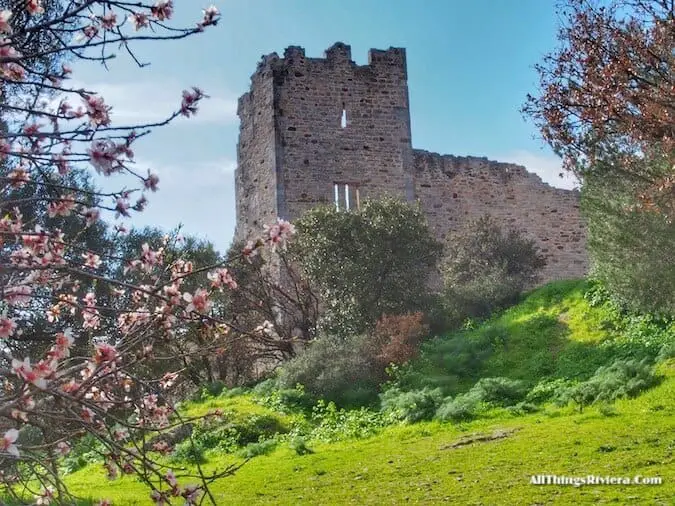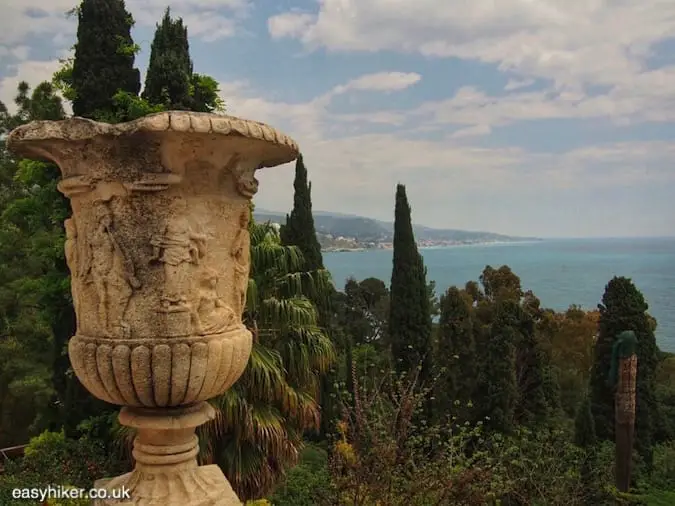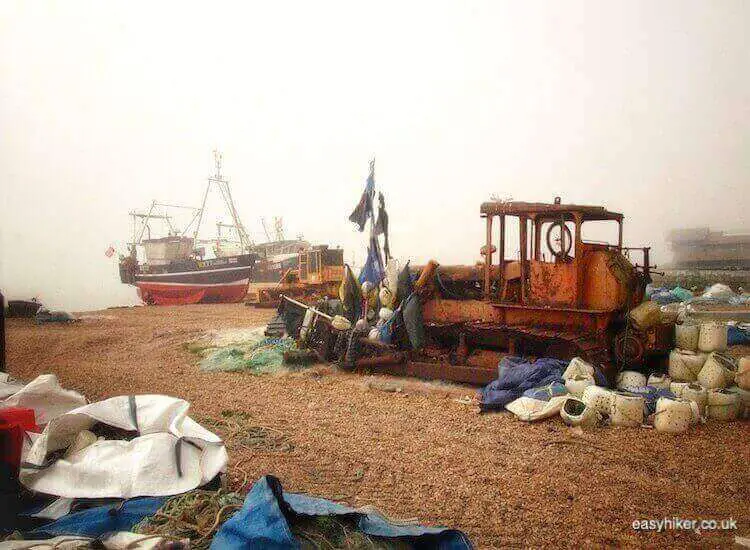Today’s post deals with a question that I have been wrestling with for quite some time. Why is it so hard to find proper parks in Southern Europe?
Why are the green spaces there either overcooked or raw, either overloaded with ornamental features or scruffy and neglected – and why are these spaces often so tiny? In one word: why can’t southern parks be like their cousins on the other side of the Alps?
As I said: I have been wrestling with this question for quite some time, so long in fact that the question itself has evolved over time. The first time it popped into my head, it did so in a less differentiated and more, ahem, pointed form: why, I was wondering, are Italian parks always so s**t?
Parks in Southern Europe

Over time, I have changed this question for two reasons. Firstly, because the underlying premise is not wholly true. Italian parks are not always “s**t”.
Some are actually well-tended, pretty, and imaginatively landscaped.
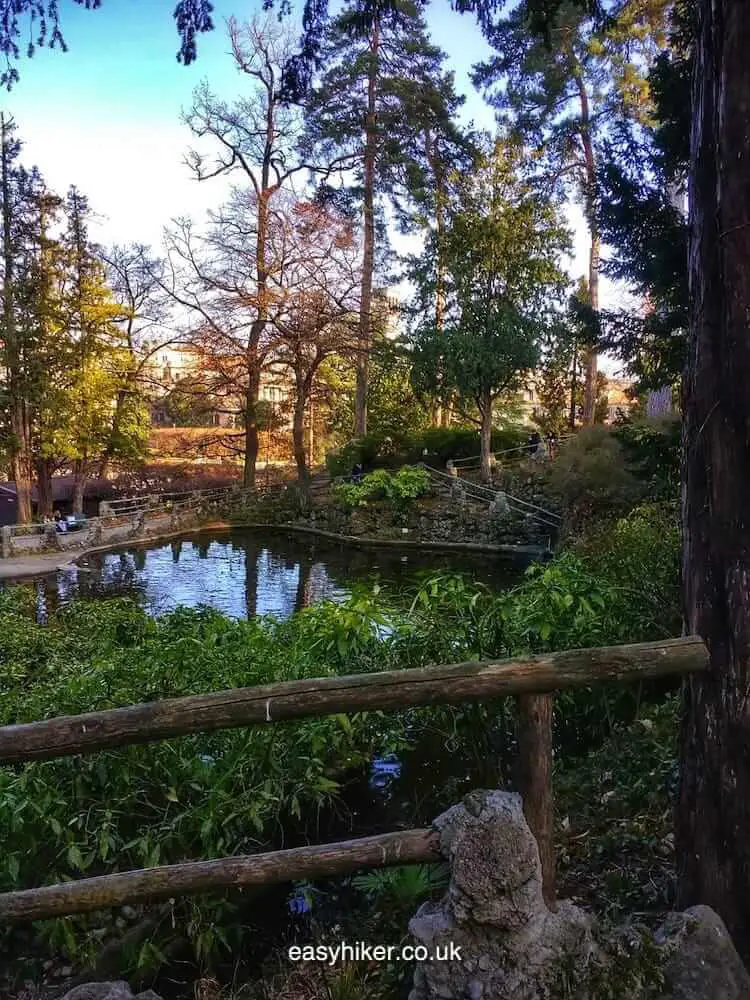
But what is true is that many “parks” south of the Alps will leave you baffled if you visit them with expectations that have been shaped by northern European experiences.
In Northern Europe, it is commonly accepted that a park is a quite distinct thing from a public garden or a forest. Like gardens, parks have been artificially landscaped for effect and entertainment, but the entertainment they provide is of a different nature: less gratuitously spectacular and operatic and more like a symphonic piece of mood music that has been arranged around a single motif, usually one of calm and quiet contemplation.
In the south, this distinction is less clear, and the word “parco” is commonly attached to any type of green space – which is why you never know what you will be getting when you choose your day-trip destination based on the designations of a map.
Will your “park” have benches and ornamental features …

… or are you about to enter a feral landscape with overgrown foot paths?
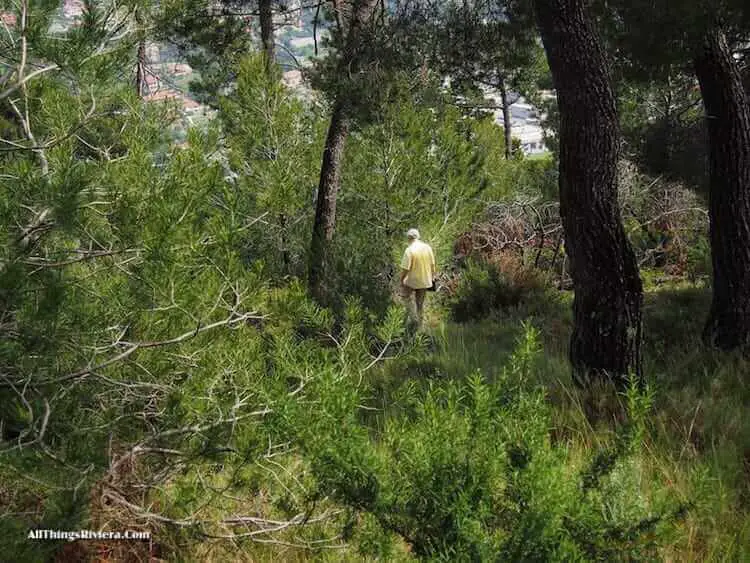
Ultimately, this type of misunderstanding is rooted in a difference of cultural habits. Whereas in Northern Europe, a park is something to walk through and a garden something to sit in, southern Europeans do not need such a distinction because they do not walk for fun or entertainment.
Where Northern European ideas of landscaping have been adapted, the result is nearly always a half-hearted composite of elements that do not mix.
Where, for example, public green spaces in the south do their best to encourage a certain amount of walking between the park’s individual features, all the attention appears to have been concentrated on the design of these features.
The footpaths that connect them, meanwhile, do just that: they connect the individual features but they provide no entertainment value on their own.
This is why so many “walk-through” parks in the south are crisscrossed by asphalted roads that lead through vast expanses of nothingness.

And where trees exist, they have been usually planted in narrow patterns and straight rows: no footpaths wind through these ornamental forests, and you are no more encouraged to walk in between the trees than an ornamental pond encourages you to jump in to take a bath.
“Forests” in the south are something to look at from a distance or to sit under in the shade, not something to explore on foot.
… and people who walk their dogs.

While all of this applies to some extent to all European countries south of the Alps – which is the second reason why I changed the original phrasing of my question – there are a few “green space problems” that are specific to Italy.
One such problem, again, reflects the difficulty of importing foreign ideas. The formal style of French gardening has frequently been imitated in Italy, but not always well. The formal French style of gardening, after all – geometric layouts of flowerbeds and sculpted shrubbery – requires a high degree of precision, and Italians tend to struggle with that.
A French garden is designed like a machine, and while Italy – home of Europe’s second largest manufacturing industry, second only to Germany’s – is full of talented technical designers and mechanics, the country’s landscape engineering can be, at times, rather slapdash.
Personally, I suspect that garden sculptures in the shape of a perfect cone or a poodle are not deemed culturally important enough to deserve much attention to detail. Italian men do not approach flowerbeds with tape measures but with easy-going confidence in their talent to improvise something on the spot.
The results, of course, are fairly predictable.

Again, there is an underlying cultural issue here. Italians, being overall of a sunny disposition, have no real concept of risk. “Everything will be all right in the end”: that should be the national motto. Many domestic problems have their roots in there: serious problems from collapsing motorway bridges and industrial accidents (Italy has the highest incidence in western Europe, 5 times higher than Germany’s) to not-quite-as-serious problems such as gardening crews who unleash their chainsaws before knowing where to cut and how deep.
In general, it is also fair to say that the quality of Italian gardens reflects the structures of popular demand. Inner-city bijou gardens are usually well worth a visit and can be occasionally quite wonderful – these are the spaces that families need for small weekend outings (picnics and ball games) and that office workers use for their lunch breaks.
Green spaces on the fringes of the inner cities and in the residential areas beyond, meanwhile, are under much less pressure to perform. Nobody is really interested in how those look – or, at least, nobody with a loud and powerful voice in society.
The only people you are likely to meet in “parks” like this are teenagers who come here to have a few beers and to smoke dope …

So if you still want to explore one of these places, having been told what most of them are like, you should at least be careful where you step.

Bottom line: while it is not true that all Italian parks are s**t, there is still a lot of the stuff lying around – metaphorically, but also literally in the parks in Southern Europe.

